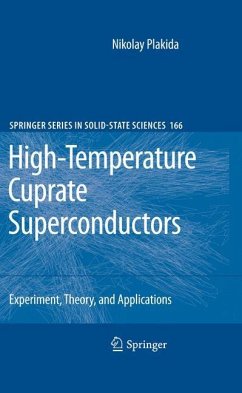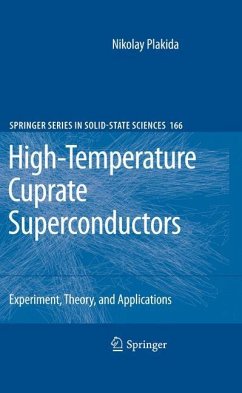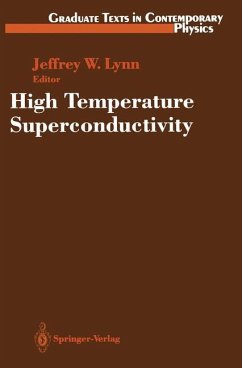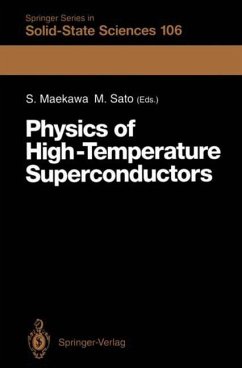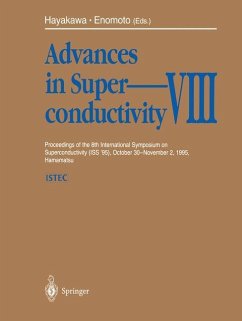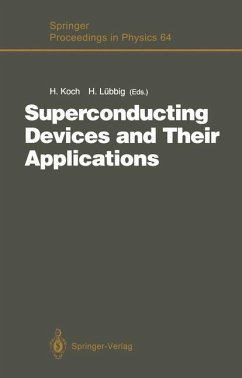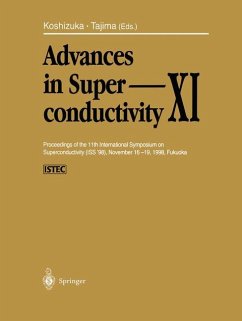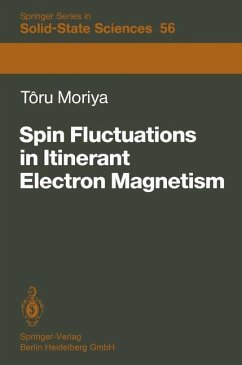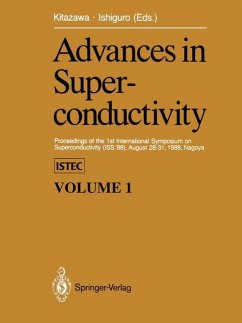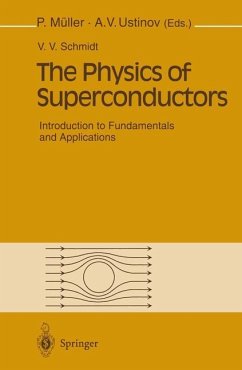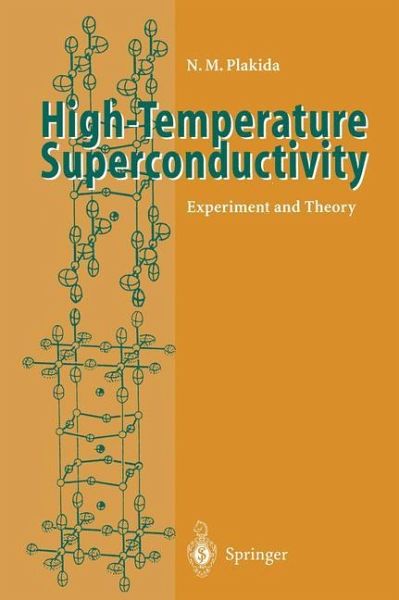
High-Temperature Superconductivity
Experiment and Theory
Übersetzung: Ermilov, A. N.
Versandkostenfrei!
Versandfertig in 6-10 Tagen
38,99 €
inkl. MwSt.

PAYBACK Punkte
19 °P sammeln!
High-Temperature Superconductors provides an up-to-date and comprehensive review of the properties of these fascinating materials. Much has been learned about the behavior and mechanism of this novel type of superconductivity over the past five years, but many questions remain unanswered. This book gives an invaluable survey which will help students and researchers to consolidate their knowledge and build upon it. A large number of illustrations and tables give valuable information for specialists. A critical comparison of different theoretical models involving strong electron correlations, sp...
High-Temperature Superconductors provides an up-to-date and comprehensive review of the properties of these fascinating materials. Much has been learned about the behavior and mechanism of this novel type of superconductivity over the past five years, but many questions remain unanswered. This book gives an invaluable survey which will help students and researchers to consolidate their knowledge and build upon it. A large number of illustrations and tables give valuable information for specialists. A critical comparison of different theoretical models involving strong electron correlations, spin fluctuations, phonons and excitons provides a background for understanding modern trends in the theory of high-temperature superconductivity.





